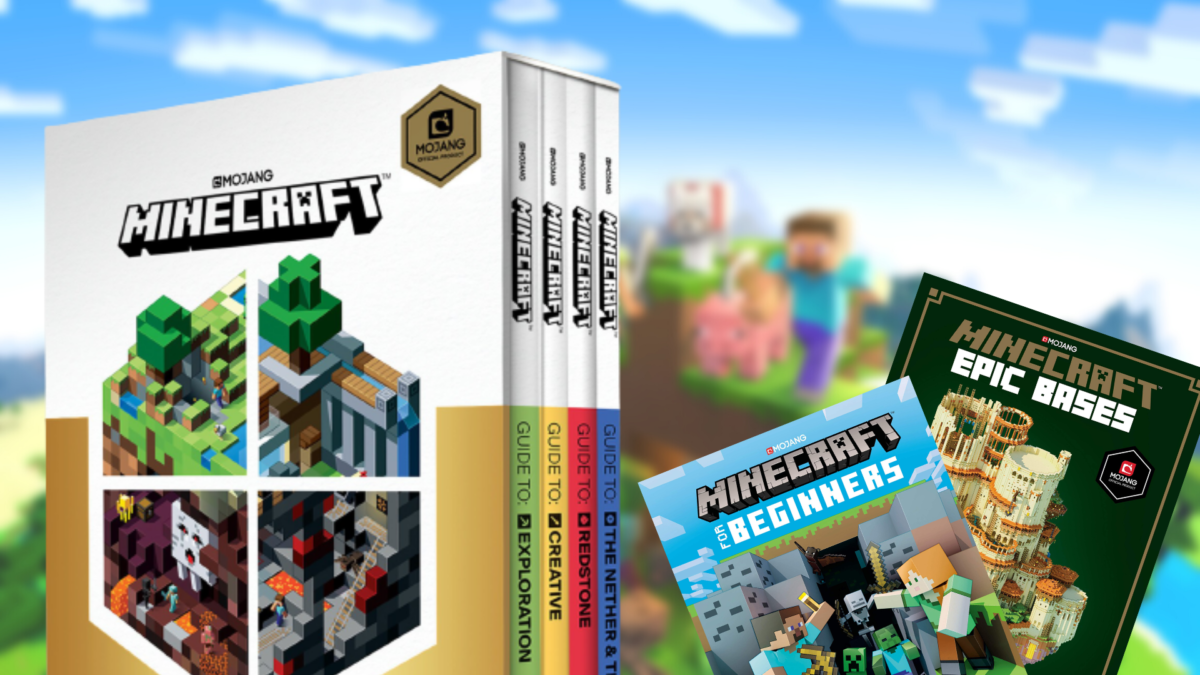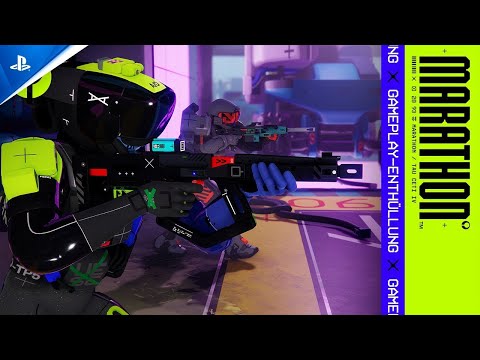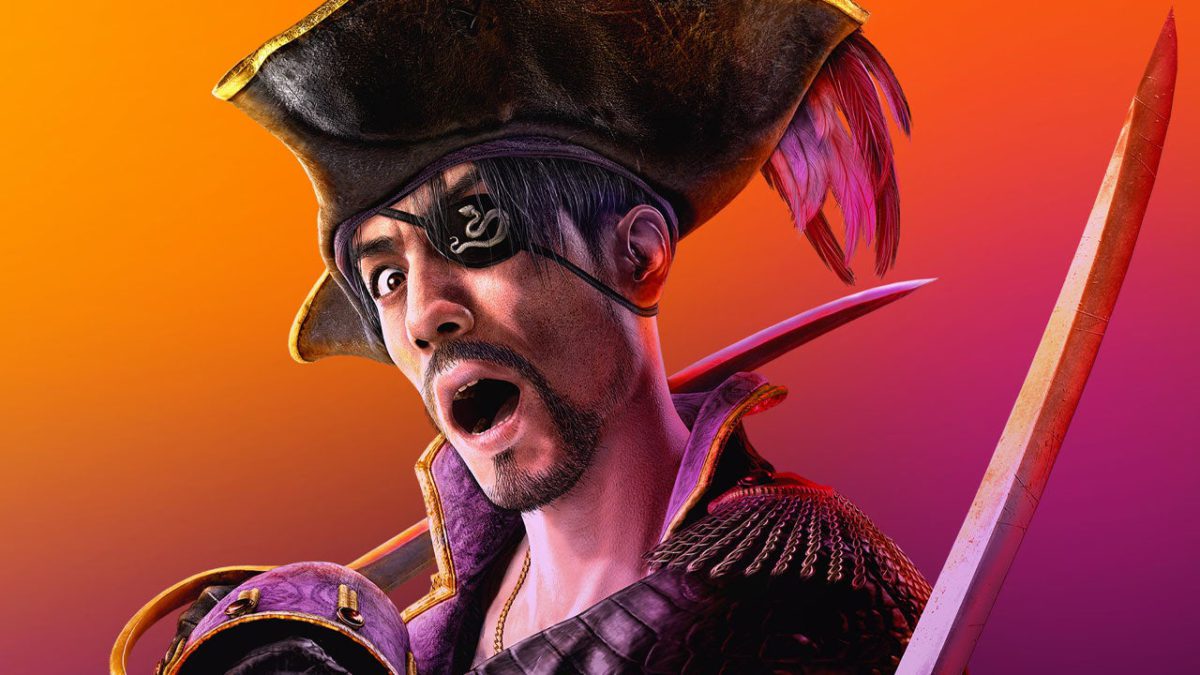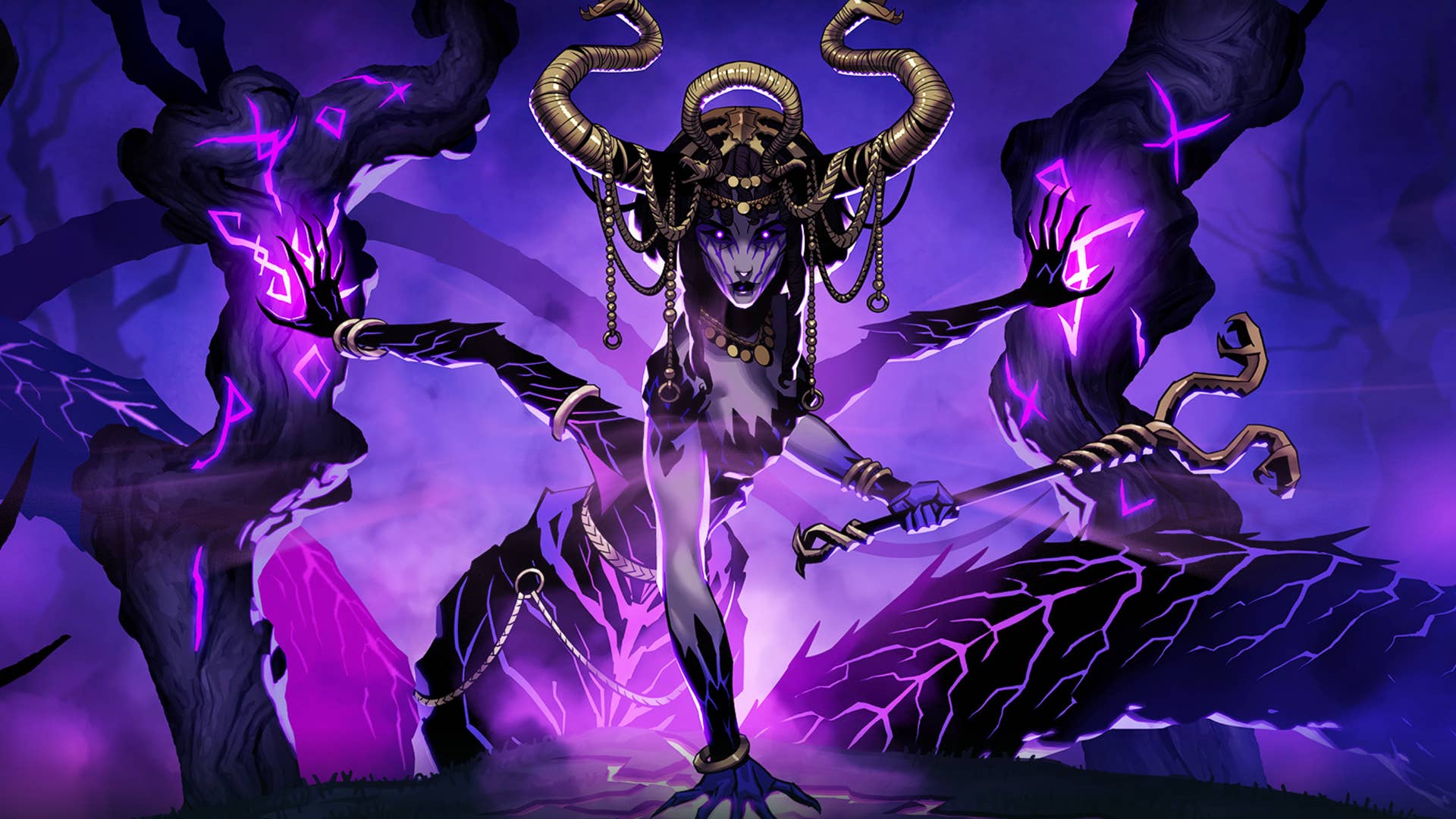
Minecraft has been one of the biggest games on the planet for over a decade now, and the new Minecraft movie has only added a whole other level of interest. Since ithat orginal game’s release, it has appeared on nearly all of the big video game platforms and sold millions upon millions of copies to become one of the best-selling games of all time. It’s a massive, open-ended game that offers nearly limitless possibilities for players young and old. So it’s no surprise that a mountain of books about Minecraft have flooded the market over the years in an effort to help players figure out how to do what they want to do.
Minecraft books are easy to come by nowadays, but it’s not always easy to tell which ones are worth picking up for yourself or the Minecraft player in your life. We’re here to help. We’ve compiled all the best Minecraft books for a wide variety of needs and uses, from beginners to epic players looking for inspiration. Let’s dig in.
TL;DR: These Are the Best Minecraft Books:
- Minecraft for Beginners
- Minecraft: Guide Collection
- The Ultimate Unofficial Encyclopedia for Minecrafters
- Minecraft: Blockpedia
- The Giant Book of Hacks for Minecrafters
- Minecraft Bite-Size Builds
- Minecraft: Epic Bases
Minecraft for Beginners
Minecraft is such a vast game that it’s hard for beginners to get their bearings, or to know what to do first. That’s where this book comes in. It provides an easy-to-follow high-level overview of all the different parts of the game.
It starts out by offering all the basic info you’ll need, like what Minecraft is and how the controls work. After that, it gives you a step-by-step guide that helps you learn the ropes. You’ll find guidance for what to do on your first day, how to eat, mine, and equip yourself with new tools and armor. Then it goes into day two and beyond. This is a great starting point.
You can also check out IGNs full Minecraft guide for a lot of this same info.
Minecraft: Guide Collection
If you’re looking for a book (or set of books) that covers the basics of Minecraft in a good deal of detail, the Guide Collection is hard to beat. This collection has everything you need to know to move from a novice Minecrafter to an experienced one. While this line of guides does expand further than this box set of four titles, these are the most helpful books for pretty much anyone.
It includes guides to Exploration, Creative, Redstone, and the Nether & the End. The Guide to Exploration helps you with the keys to surviving in Survival Mode, while the Guide to Creative gives you a great baseline education about building. The Guide to Redstone helps you understand how circuits work and how you can use them in your builds, and the Guide to the Nether & the End is all about advanced survival. This collection covers all the bases anyone starting off in Minecraft needs to know.
The Ultimate Unofficial Encyclopedia for Minecrafters
If you’re in the market for a Minecraft reference book, this unofficial encyclopedia is a good one to put on your shelf. Like any encyclopedia, it’s not meant to be read cover-to-cover. Instead, it’s a book you can skim for anything that interests you, or dip into whenever a particular question pops into your mind.
Minecraft: Blockpedia
The reference book Minecraft: Blockpedia is another one to keep on your shelf and use as needed. It’s a gorgeously full-color (and official) guide to every kind of block you’ll find in Minecraft. And since blocks are the basis of the entire gameworld and everything you build, it’s good to be able to look up the unique properties of all the different kinds of blocks at a moment’s notice. And in case you think a whole book dedicated to block types is overkill, there are several hundred different types. So, definitely not overkill.
The Giant Book of Hacks for Minecrafters
For any Minecraft players who want to dabble in a little dark magic, a book of hacks is in order. The Giant Book of Hacks is an excellent starter guide to, essentially, breaking the game. It’s a thick book that’s filled with ideas for how to input cheats, program command blocks, play with mods, and use redstone to create all kinds of useful contraptions.
This book covers a lot of ground, but by the time you’re done with it, you’ll be able to give yourself a level boost, build retractable staircases, and set devious traps. Lots of fun to be had in this one.
Minecraft Bite-Size Builds
Making enormous homes and castles might be a big ask for new or younger Minecraft players. This book sets its sights on simpler builds that anyone can do. But just because they’re small doesn’t mean they’re boring. You’ll find step-by-step instructions for building everything from a survivalist’s vault and fairy treehouse to a bouncy castle and deep-sea submarine.
And once you master these bite-size builds, you can use what you’ve learned to venture forth and build ever bigger and more impressive creations. See our guide on ideas for what to build in Minecraft for more like this.
Minecraft: Epic Bases
Done with the bite-size builds, or just feeling ready to attempt something a bit bigger? Minecraft: Epic Bases is the book for you. Made with advanced builders in mind, this book offers tips for making massive constructions like an ancient mummy’s tomb and a macabre hotel. While it doesn’t break down the builds into steps like the Bite-Size Builds book does, it offers ideas and highlights so you can create massive structures that are like the ones you’ll find in the book, if not exact replicas.
Chris Reed is a deals expert and commerce editor for IGN. You can follow him on Twitter @_chrislreed.










